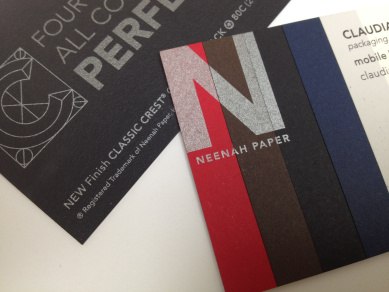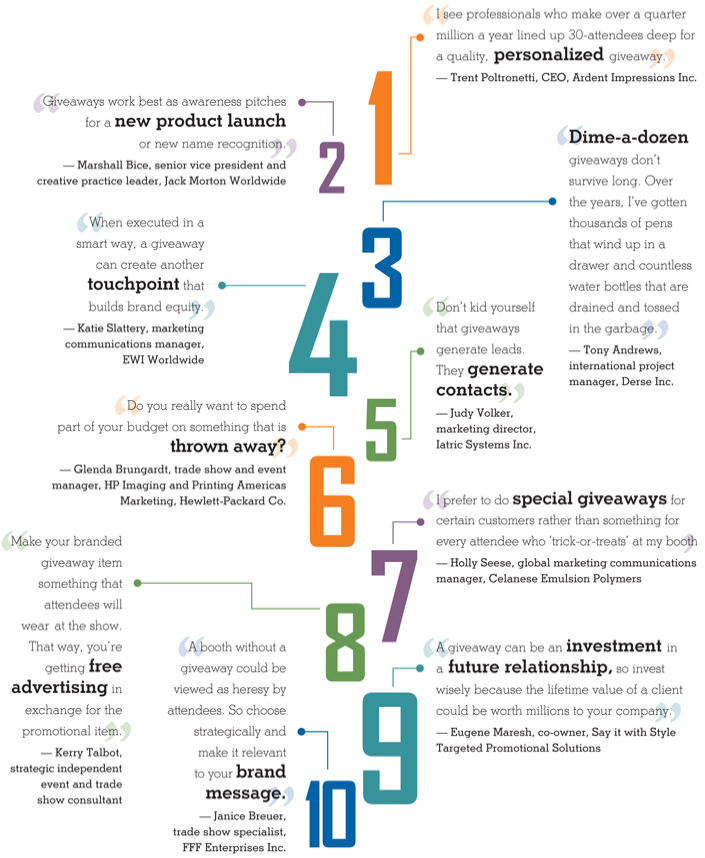 Presentation is crucial to all forms of communication, especially when dealing with written communication. Unlike information conveyed personally, a printed message is static. It must speak for itself.
Presentation is crucial to all forms of communication, especially when dealing with written communication. Unlike information conveyed personally, a printed message is static. It must speak for itself.
Superb content is not enough. To achieve truly effective communication, one must pay equal attention to how the content is presented. Style can, and often does, override substance. And basically, the fundamental element of printed communication is font.
Put simply, font is the style of your typeface. When utilized well, a font or font mix accomplishes four things: 1) focuses attention 2) enhances readability 3) sets a tone and 4) projects an image. Font is your first line of defense against reader apathy — and your first chance to really capture an audience, create a positive and lasting impression, and encourage continued interest.
While there aren’t any set-in-stone rules for font choice (except, you know, this one), below is a brief digest of some useful font guidelines:
Serif vs. Sans Serif
Serif fonts are best for print, especially large amounts of text, as the additional “strokes” they are named for allow readers to differentiate the letters more clearly. Sans Serif fonts are simple and eye-catching — best reserved for headlines. Stamping or embossing? We recommend a sans serif. For now, why not test your knowledge here?
Watch Your Case
Use upper and lower case text for the body of your work. Avoid using all upper or lower case text, as both can be difficult to read. As for headings and titles, use upper case lettering whenever prescribed or necessary.
Size Matters
Generally accepted writing guidelines prescribe the use of 10-12 point font for the body, 14-48 point font for primary headings, and one-half of the primary heading point size for secondary headings. A warning though: font on your computer screen may appear larger than it actually is. If you err, err on the large side. Remember, if your text is too small to read, it simply won’t get read.
Keep It Simple
Simplicity is a virtue in writing and font is supposed to enhance your message, not sabotage it. Unless it is truly warranted, tend toward simple, inconspicuous fonts like Times New Roman – this fonts, among others, is TrueType—this means that what you see on the screen is exactly what you will see on the page.
Be Consistent
As a general rule, don’t use more than two fonts in the same piece and be consistent throughout the document.
Use Variety When Needed
Although font use should be consistent throughout a project, variety is sometimes needed to break the monotony. One good way to infuse diversity into a document is via the use of italicized, bold, or underlined text to signal importance, emphasis, even inflection.





 The color(s) you use to communicate become an identifiable part of your brand. Though some color associations vary culturally, blue is typically symbolic of trust, dependability, security, responsibility, and credibility; it’s also considered to be tranquil and professional. Some color choices are better than others depending on your industry – for example, blue is very popular for corporate, technology, and financial brands.
The color(s) you use to communicate become an identifiable part of your brand. Though some color associations vary culturally, blue is typically symbolic of trust, dependability, security, responsibility, and credibility; it’s also considered to be tranquil and professional. Some color choices are better than others depending on your industry – for example, blue is very popular for corporate, technology, and financial brands. That’s
That’s  Presentation is crucial to all forms of communication, especially when dealing with written communication. Unlike information conveyed personally, a printed message is static. It must speak for itself.
Presentation is crucial to all forms of communication, especially when dealing with written communication. Unlike information conveyed personally, a printed message is static. It must speak for itself.
 While most methods of communication have gone digital, the traditional business card is proving to be surprisingly resilient. What
While most methods of communication have gone digital, the traditional business card is proving to be surprisingly resilient. What 



